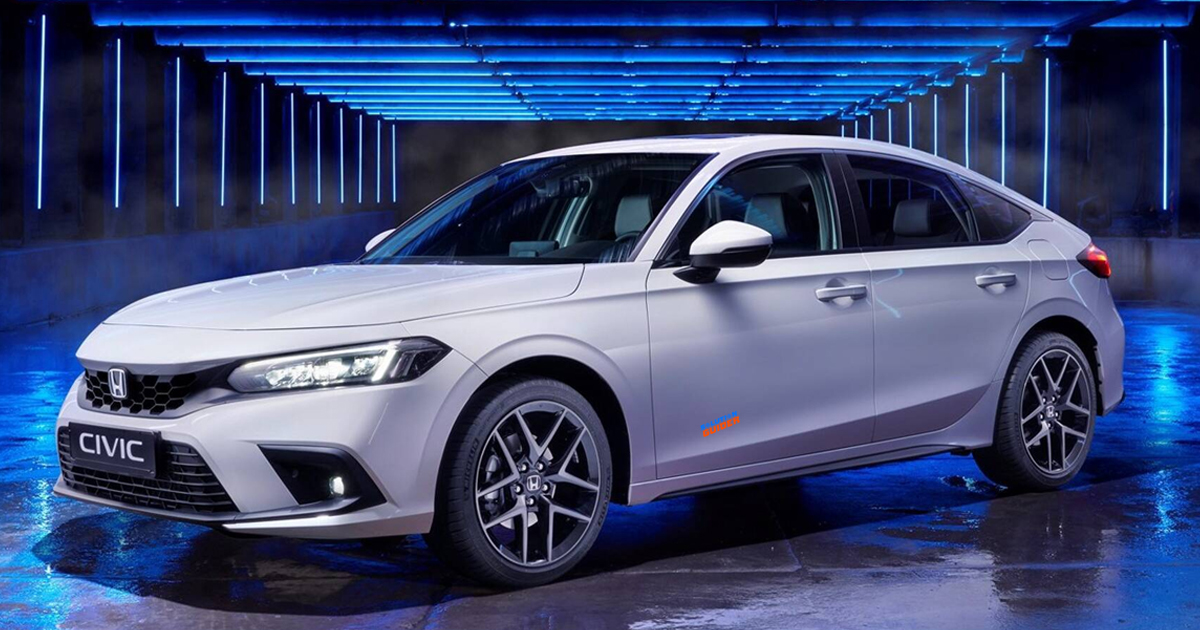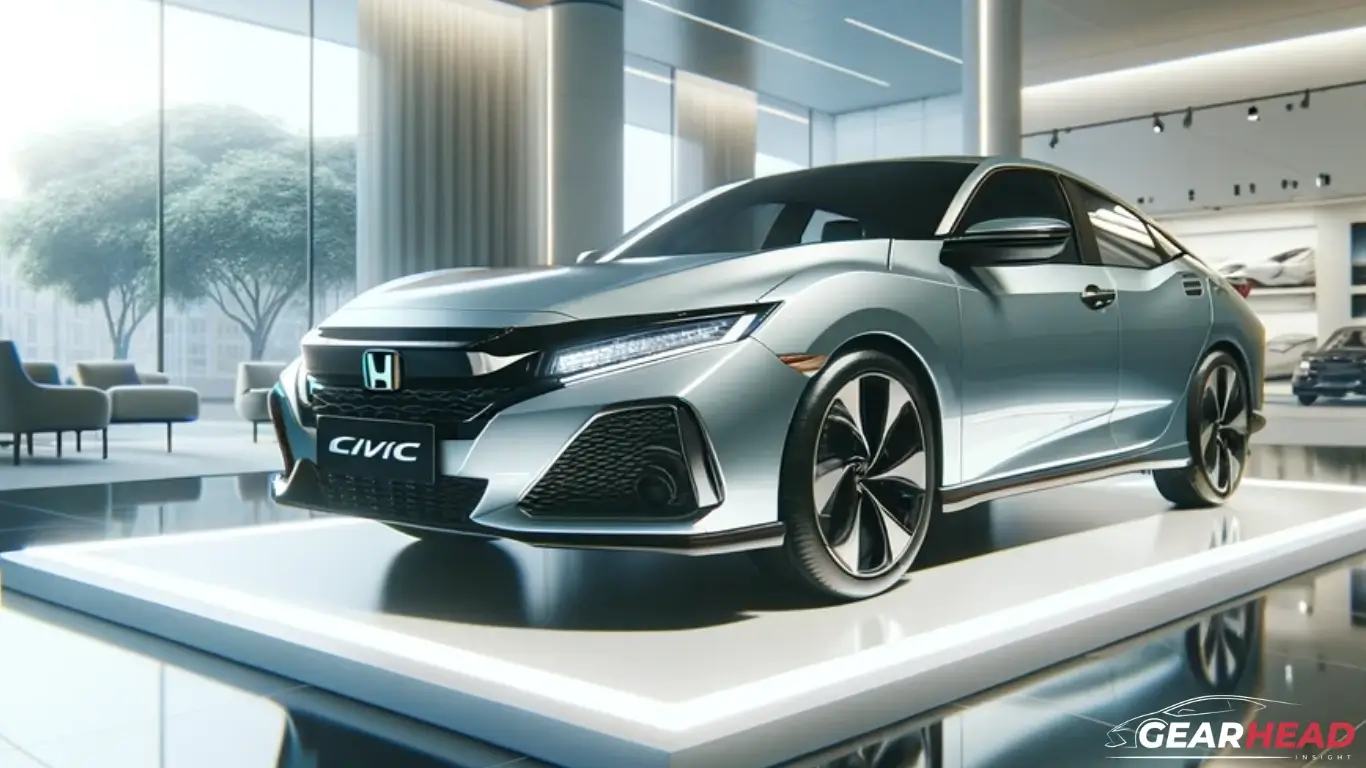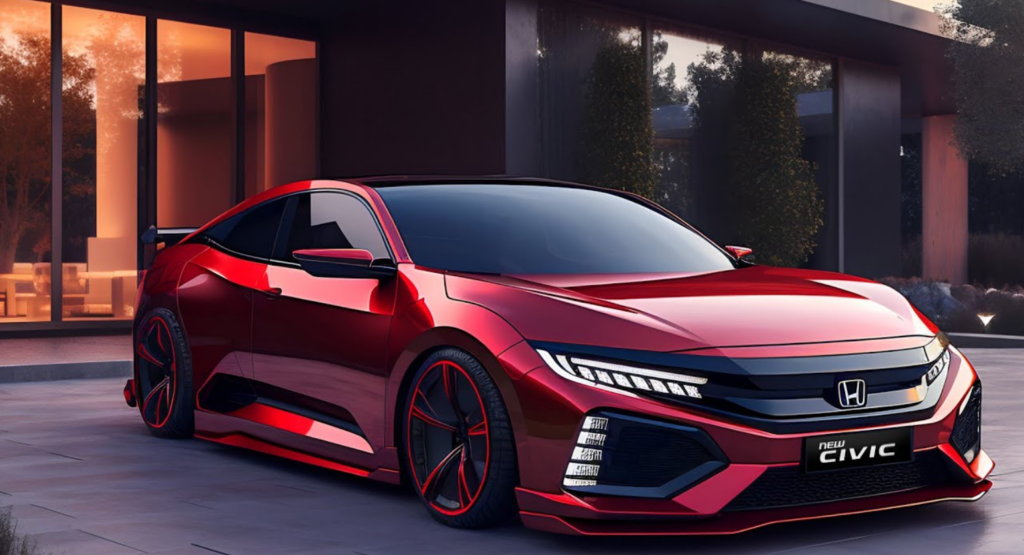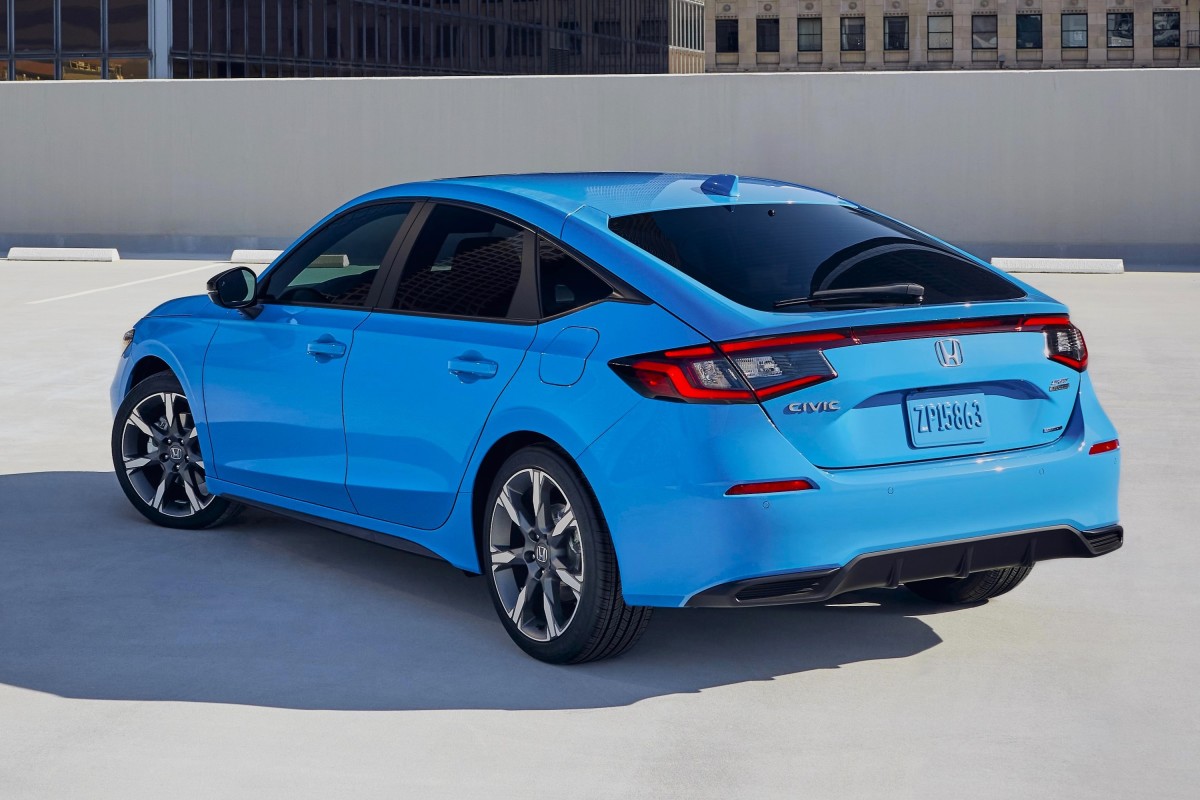Navigating the Urban Landscape: A Look at the 2025 Civic Hybrid
Navigating the Urban Landscape: A Look at the 2025 Civic Hybrid
Introduction
With enthusiasm, let’s navigate through the intriguing topic related to Navigating the Urban Landscape: A Look at the 2025 Civic Hybrid. Let’s weave interesting information and offer fresh perspectives to the readers.
Table of Content
Navigating the Urban Landscape: A Look at the 2025 Civic Hybrid

The year 2025 is on the horizon, and with it comes a wave of technological advancements shaping the way we live, work, and interact with our environment. One such advancement is the rise of the "civic hybrid," a concept that seeks to bridge the gap between technology and urban planning, fostering a more sustainable, efficient, and inclusive urban ecosystem.
The Rise of the Civic Hybrid
The term "civic hybrid" encapsulates the convergence of various technologies and approaches, including:
- Smart Cities: Utilizing sensor networks, data analytics, and communication technologies to optimize urban infrastructure, improve citizen services, and enhance quality of life.
- Sustainable Urban Development: Implementing green building practices, renewable energy sources, and sustainable transportation systems to minimize environmental impact and promote resource conservation.
- Citizen Engagement: Empowering citizens to participate in decision-making processes, contribute to urban development, and actively shape their communities.
- Data-Driven Urban Planning: Leveraging data collected from various sources to understand urban dynamics, identify challenges, and develop effective solutions.
Understanding the Grey
The "grey" in "civic hybrid urban grey" refers to the often overlooked infrastructure that underpins the urban environment. This includes:
- Transportation Networks: Roads, public transit systems, and pedestrian pathways, which facilitate movement and connect communities.
- Utilities: Water, electricity, gas, and waste management systems, ensuring essential services for residents.
- Public Spaces: Parks, squares, and community centers, fostering social interaction and enhancing quality of life.
- Buildings: Residential, commercial, and industrial structures, shaping the urban landscape and accommodating various activities.
The Importance of the Civic Hybrid Approach
The civic hybrid approach is crucial for addressing the challenges faced by modern cities, including:
- Rapid Urbanization: The increasing population density demands innovative solutions for housing, transportation, and resource management.
- Climate Change: Cities are particularly vulnerable to the effects of climate change, necessitating adaptive measures and mitigation strategies.
- Social Inequality: Disparities in access to services, opportunities, and resources require proactive efforts to create inclusive and equitable urban environments.
Benefits of the Civic Hybrid Urban Approach
By embracing the civic hybrid urban approach, cities can unlock numerous benefits:
- Improved Efficiency: Optimized resource allocation, streamlined operations, and reduced waste through data-driven decision-making.
- Enhanced Sustainability: Reduced carbon footprint, minimized environmental impact, and promotion of resource conservation through green technologies and practices.
- Increased Resilience: Adaptability to changing conditions, preparedness for natural disasters, and enhanced resilience to external shocks.
- Improved Quality of Life: Enhanced citizen well-being, improved public health, and increased access to essential services through citizen-centric solutions.
FAQs
1. What are some examples of civic hybrid initiatives?
Examples include smart street lighting systems that adjust brightness based on real-time traffic conditions, public transportation systems that utilize data analytics to optimize routes and schedules, and community platforms that facilitate citizen participation in urban planning.
2. How can citizens contribute to the civic hybrid approach?
Citizens can contribute by providing feedback on urban development projects, participating in community initiatives, and advocating for sustainable practices.
3. What are the challenges associated with implementing the civic hybrid approach?
Challenges include securing funding, overcoming regulatory hurdles, ensuring data privacy, and building public trust in technology-driven solutions.
4. What is the role of technology in the civic hybrid approach?
Technology serves as a powerful tool for data collection, analysis, and dissemination, enabling informed decision-making, efficient resource management, and improved citizen engagement.
5. What is the future of the civic hybrid urban approach?
The civic hybrid urban approach is expected to evolve further as technologies advance, citizen expectations change, and cities face new challenges.
Tips for Implementing the Civic Hybrid Approach
- Focus on data-driven decision-making: Leverage data analytics to understand urban dynamics, identify challenges, and develop effective solutions.
- Prioritize citizen engagement: Foster open communication channels, encourage citizen participation, and ensure transparency in decision-making processes.
- Embrace a multi-disciplinary approach: Collaborate with experts from various fields, including urban planning, technology, engineering, and social sciences.
- Invest in sustainable infrastructure: Implement green building practices, renewable energy sources, and sustainable transportation systems.
- Promote innovation and experimentation: Encourage pilot projects, test new technologies, and learn from successes and failures.
Conclusion
The civic hybrid urban approach offers a promising path toward creating more sustainable, efficient, and inclusive urban environments. By leveraging technology, fostering citizen engagement, and embracing a data-driven approach, cities can navigate the challenges of the 21st century and build a better future for their residents. The journey towards a civic hybrid urban future is ongoing, requiring collaboration, innovation, and a shared commitment to creating cities that work for everyone.








Closure
Thus, we hope this article has provided valuable insights into Navigating the Urban Landscape: A Look at the 2025 Civic Hybrid. We hope you find this article informative and beneficial. See you in our next article!